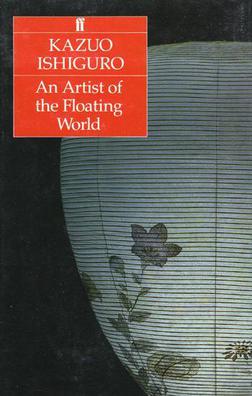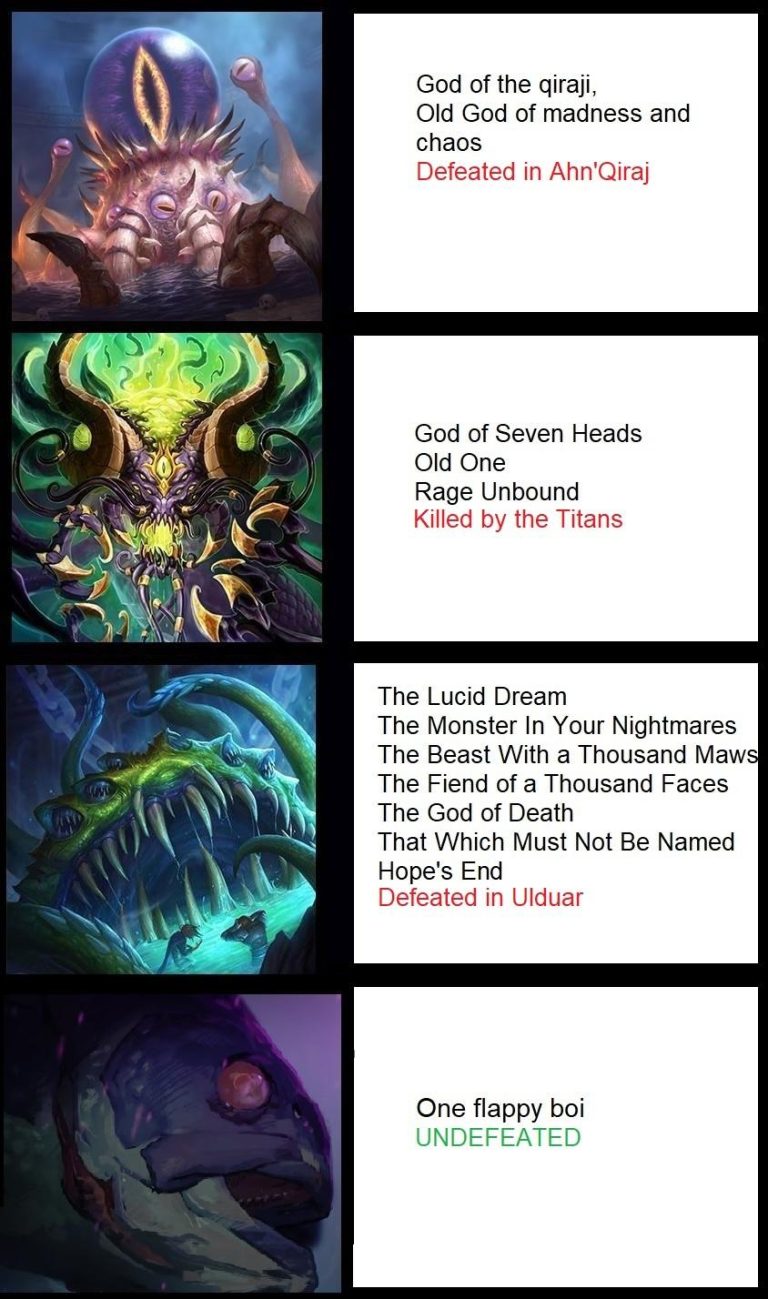An Artist Of A Floating World
An Artist of a Floating World is a novel written by Kazuo Ishiguro, a British Nobel laureate. It tells the story of an aging Japanese artist named Masuji Ono who looks back on his life and reflects on his role in the events leading up to and during World War II. Through Masuji’s memories, the reader learns about his life, his family, and the events that shaped his existence. The title of the novel derives from a phrase in a poem which speaks to the transitory nature of life and the fleetingness of memories. This poignant story is a powerful reminder of the past and its impact on the present.
Exploring the Concept of a “Floating World”
The concept of a “floating world” has been around for centuries, dating back as far as the Edo Period in Japan. This phrase refers to a certain kind of artistic aesthetic that sees beauty in the changing nature of the world. It is an idea that celebrates the fleeting and transient nature of life, and helps us to appreciate the beauty of the moment.
This concept has been explored by many artists throughout the ages, often through the use of traditional Japanese, Chinese, and European art forms. The idea of a floating world is rooted in the belief that beauty is found in the ephemeral nature of life, and that we should strive to capture moments of beauty in our art.
In the modern world, this concept has been interpreted in many different ways, from the abstract works of Jackson Pollock to the digital creations of modern-day graphic designers. By examining the works of these artists, we can gain insight into how the concept of a “floating world” has evolved over time.
Whether we’re looking at traditional or modern art, the concept of a “floating world” is a powerful reminder that beauty can be found in the transient nature of life. By understanding the concept, we can learn to appreciate the beauty of the moment, and find joy in the ever-changing world around us.
Artist’s Interpretation of a “Floating World”
An artist’s interpretation of a “floating world” is an apt way to describe the ever-changing nature of existence. From the perspective of an artist, reality is seen through an ever-evolving lens, with the boundaries between past, present, and future being blurred. In a floating world, the idea of a single, fixed perspective is dissolved and replaced with new shapes and forms.
This concept is often used to symbolize the transient, ever-changing nature of life, and how our perspectives on it can be altered and adapted. It can also be used to represent the fluidity of thought and emotions, and how quickly they can change. In a floating world, the artist is free to explore and experiment, following a path that is uniquely their own and creating something that is truly unique.
In this kind of world, the artist is no longer limited by traditional rules and boundaries, but instead can explore the depths of their creativity and the many possibilities that come with it. By taking this approach, the artist is able to capture moments and feelings that would otherwise go unnoticed and create something truly special. From a floating world, the artist can also explore the depths of their imagination, creating works of art that are truly unique and original.
The concept of a “floating world” is one that has been embraced by many artists, both classical and modern. By allowing themselves to explore the depths of their own creativity and imagination, these artists have created works of art that are both beautiful and inspirational.
Historical Context of the “Floating World”
The notion of the “floating world” has been a part of Japanese culture for centuries. It is a concept that has been embraced by writers, painters, and other artists since the Edo period in Japan. The term “floating world” typically refers to the transient and ever-changing nature of life and the fleeting beauty that is often associated with it.
The concept of the “floating world” was first popularized by the ukiyo-e prints of the Edo period, which depicted scenes of everyday life and the beauty of nature in a highly stylized and colorful manner. These prints were widely admired for their delicate and detailed depictions of the floating world.
The idea of the “floating world” has also been used by writers and painters to explore the transient nature of life and the impermanence of beauty. For example, the 17th century Japanese writer Matsuo Bashō wrote extensively about his travels and the beauty of nature, often using the “floating world” metaphor to convey his thoughts.
In modern times, the “floating world” has become a popular concept for many contemporary artists. Through their works, they explore the beauty and impermanence of life, as well as the ever-changing nature of the world. By embracing the “floating world” concept, these artists offer a unique perspective on life and the way we view the world.

Visual Representations of the “Floating World”
The concept of the “Floating World” is a recurring theme in the Japanese arts, which originated from the ukiyo-e woodblock prints of the 17th and 18th centuries. This term refers to the idea of a temporal life, a place of beauty and pleasure, which stands in contrast to the harsher realities of life. Artists of this era used this concept to depict a vision of beauty and tranquility in their work.
The artwork of the “Floating World” depicted the natural beauty of Japan and its people. Scenes of popular entertainment, such as the kabuki theater, were often depicted in these prints. Ukiyo-e artists would also paint beautiful landscapes and seascapes, as well as depictions of nature and its creatures. They also used their art to capture the moods and emotions of everyday life in Japan.
Today, many modern artists are inspired by the work of the ukiyo-e masters, incorporating elements of their style into their own works. Through their art, they seek to capture the sense of beauty and tranquility that was embodied in the “Floating World” of the past. By exploring this concept, they create unique and meaningful works of art that will continue to inspire generations to come.
Cultural and Social Significance of the “Floating World”
The concept of the “Floating World” has been around for centuries and is a popular theme in Japanese art and culture. This term refers to a world in which people exist between heaven and earth, free from the constraints of reality and often depicted in artworks that are whimsical, full of fantasy, and often erotic. As a result, the “Floating World” has become an important part of Japanese culture and has been embraced by many artists and writers throughout the centuries.
The “Floating World” is a concept that has been embraced by many artists, giving them the freedom to explore their imagination and create unique artworks. It gives them the opportunity to express their creativity and explore new ideas, concepts, and themes. Many artists use the “Floating World” to create beautiful artworks that are full of emotion and depth. These artworks can be seen in many forms, such as prints, videos, sculptures, and even paintings.
The concept of the “Floating World” is not only significant to the art world, but also to the social world. It gives people the freedom to explore their own beliefs, feelings, and values, and to express their ideas and opinions without fear. By embracing the “Floating World,” many people have found the courage to speak out against injustice and oppression, and to stand up for what they believe in.
In conclusion, the “Floating World” is a concept that has been around for centuries and has become an integral part of Japanese culture and art. It is a concept that has allowed many artists to explore their creativity and to express their ideas and opinions freely. It is also a concept that has been embraced by many people in the social world, giving them the courage to stand up for what they believe in. The “Floating World” is a concept that has been embraced by many and can be seen in many forms of art and culture.
The Artist’s Role in Creating a “Floating World”
Artists have the unique ability to capture the beauty of our world and create an entirely new one. The concept of a “floating world” is one that has been around for centuries, and it refers to an alternate reality that exists in a space outside of the physical world. This world is often described as dreamlike and mysterious, and it is the artist’s job to bring this alternate reality to life. By combining imagination, creativity, and technical skill, artists can create a world of their own that captures the beauty and complexity of human experience.
A floating world is often composed of surreal imagery and fantastical creatures, which allows an artist to express their innermost thoughts and feelings in an imaginative way. This type of artwork can be used to explore different themes, such as love, loss, joy, and sorrow. It can also be used to create an atmosphere of mystery and intrigue, or to simply capture the beauty of the natural world. Artists are also able to convey a sense of movement and energy in their work, creating a sense of awe and enchantment.
By creating a floating world, an artist is able to give a voice to their innermost thoughts and feelings, while also allowing viewers to explore a different reality. This type of artwork can evoke emotions, provoke thought, and tell stories that are both captivating and inspiring. Whether it’s a painting, sculpture, or digital art, the artist’s role in creating a floating world is an essential one. With their creativity and imagination, they can create a world that transcends the physical and provides a unique and beautiful experience for those who visit it.
FAQs About the An Artist Of A Floating World
1. What is the theme of the novel “An Artist Of A Floating World”?
The novel is set in post-World War II Japan and follows the life of a retired artist, Ono, as he reflects on the changes in his country and the choices he’s made in his life. The novel explores themes of identity, responsibility, and the legacy of war.
2. What is the author’s style of writing in the novel “An Artist Of A Floating World”?
The author, Kazuo Ishiguro, has a writing style that is both lyrical and contemplative. He uses the narrator’s voice to explore questions of identity and the consequences of past decisions, while still maintaining a sense of beauty and emotion.
3. Who are the main characters in the novel “An Artist Of A Floating World”?
The main characters in the novel are Ono, the retired artist; his daughter, Etsuko; and his son, Shota. The novel also features a number of supporting characters, including Ono’s former apprentice, Ueda; his aristocratic patron, Mr. Tanaka; and his former lover, Fumiko.
Conclusion
In conclusion, “An Artist Of A Floating World” offers readers a unique and thought-provoking look at the themes of identity, art, and mortality. It combines elements of traditional Japanese culture with modern sensibilities to create a story that is both timely and timeless. The novel’s protagonist, the elderly artist Ueda, serves as a reminder that our lives are fragile and fleeting, and that even in times of great change, beauty and art can still be found in the world. Ultimately, this is a story of hope, resilience, and love, and its message is one that will remain with readers long after they have finished the book.





